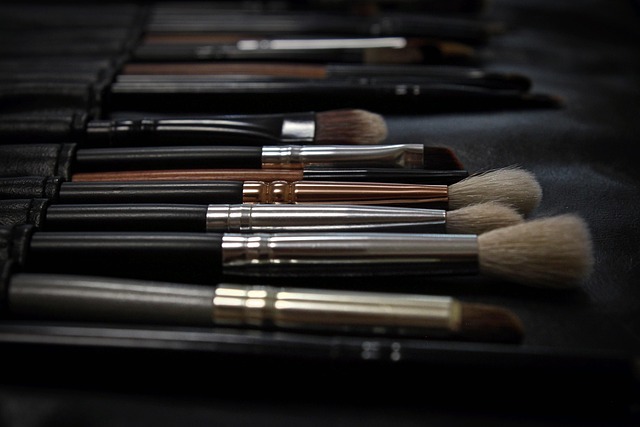Fashion-Inspired Literature: A Stylish Exploration
In an age where the lines between art forms continuously blur, literature and fashion have stepped onto the same runway—a harmonious collaboration that ignites creativity and style. Literature, with its power to convey emotions and stories, intertwines with fashion, presenting a beautiful tableau where words become fabrics, and sentences flow like elegant silhouettes.
When we think of literature, we often visualize the classic Noble Prize-winning novels or the latest bestsellers that capture the complexities of human experience. However, what if we viewed literature through the lens of fashion? This exploration is more than just a superficial glance at the garments worn by characters. It’s about understanding how fashion reflects the narratives, cultural shifts, and personal identities expressed in storytelling.
Think about the iconic image of Jay Gatsby in F. Scott Fitzgerald’s The Great Gatsby, draped in lavish suits that symbolize his wealth and social ambitions. The fashion choices in this novel do not merely serve as a backdrop; they enhance the narrative, revealing layers of personality and societal commentary. Gatsby’s attire embodies the Jazz Age’s decadence, reflecting the pursuit of the American Dream, while simultaneously hinting at the emptiness that often accompanies such pursuits.
Similarly, the works of Virginia Woolf elegantly intertwine the fabric of fashion with the essence of character development. In Mrs. Dalloway, the protagonist’s attire goes beyond clothing choices—echoing the intricate thoughts and emotions swirling in her mind. Woolf crafts a narrative where fashion becomes a means of self-expression while also commenting on societal roles, especially for women in the early 20th century.
The exploration of fashion in literature also extends to contemporary works, where authors like Zadie Smith and Chimamanda Ngozi Adichie delve into identity, culture, and personal expression. In On Beauty, Smith examines how character attire acts as a form of communication, shaping perceptions and dynamics in the relationships depicted. Through intricate prose, readers are reminded that what we wear is often a reflection of who we are and the stories we wish to tell.
Furthermore, the relationship between literature and fashion is not confined to the past. Modern literature often draws directly from the vibrant world of street style, pop culture, and social media. A novel reflecting the lives of contemporary youth might weave in references to fashion influencers or delve into the significance of a trending aesthetic on personal identity. This intersection acknowledges that fashion is not just a visual endeavor; it tells the story of our times—our hopes, our fears, and our collective journey.
As we immerse ourselves in literature enriched by fashion, we uncover a deeper understanding of the narratives we consume. The allure of well-crafted prose combined with the evocative language of style creates a captivating experience, allowing readers to traverse various realms of human experience. Every chapter becomes a new outfit, every paragraph a carefully selected accessory, creating a wardrobe of words that challenge, inspire, and reflect our own stylish journeys.
In embracing this exploration of literature through the lens of fashion, we not only appreciate the artistry involved in both realms but also recognize the inherent connections between how we dress and the stories we tell. After all, literature has the power to transcend its pages, dressing our minds in the rich fabric of creativity and imagination.




